Common Lab Labeling Mistakes and How to Avoid Them
Clear and accurate labeling in laboratory settings is crucial for preventing costly errors. Labeling mistakes don’t just lead to misidentification, they can also result in mishandling of hazardous materials, wasted resources and delayed research. That’s why it’s essential for lab personnel to understand the importance of proper labeling and to follow best practices to minimize the risks associated with labeling errors.
Brady offers high-performance labels for your lab. Check out out our material guide to learn more. Download Material GuideCommon lab labeling mistakes
From using incorrect labels to poor labeling techniques, it’s essential for all lab staff to be aware of these common pitfalls and adopt best practices to minimize the risk of errors. Here are a few common lab labeling mistakes and how they could lead to errors and compromise results:
Handwritten labels:
- Difficult to read
- Smears when handled
- Limited writing space
- Fades over time when stored
- Erased by chemicals
- Results in lost or misinterpreted information
Lack of essential information:
- Labels aren’t large enough to hold more data
- Chance of data being misinterpreted by those outside your lab
- Incomplete information can void data
- Inaccurate test results
- Creates inefficiencies that slow down the lab
Using the wrong labels for the application:
- Will not adhere to frozen surfaces
- Inks may not be chemical resistant
- Could fall off in long-term storage
- Not durable enough for high temps
- May still leave a sticky residue on temporary surfaces
How Brady products can help
Brady offers a range of products that address common lab labeling mistakes. From printers that create crisp, legible labels to materials that resist smudging and fading, Brady products are easy to use, saving time and improving lab efficiency.
Implementing these popular Brady solutions is an easy way to carry out a standardized labeling system, minimizing the risk of errors and improving overall lab operations.
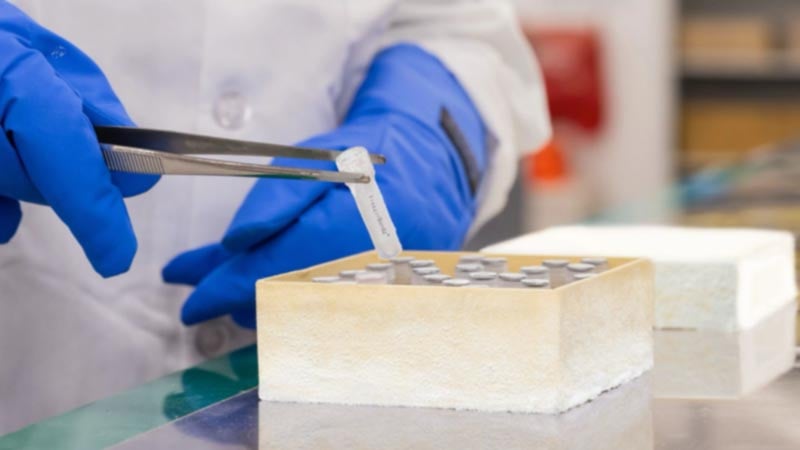
-
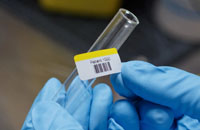
Brady lab labels
Brady offers a variety of lab labeling materials engineered to stand up to the harsh chemicals and extreme temperatures of lab environments. Our durable labels won’t smear or smudge, so they remain legible and stuck in place when put to the test. Color coded labels are helpful for organization, allowing personnel to quickly identify or store equipment and samples. And our barcode labels can hold a lot of information, ensuring all lab samples are connected to a unique ID for an efficient solution to track and trace.
-
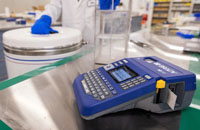
Brady lab printers
Make your lab ultra-efficient with Brady label printers, proven to perform in any lab environment. Brady printers do a lot of the work for you, eliminating tedious, labor-intensive tasks like handwritten, hand-applied labels; offering on-demand printing that quickly delivers legible labels in a variety of materials. They’re equipped with easy-to-use software that saves valuable time during the label creation and printing processes.
-
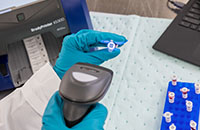
Brady barcode scanners
Stop losing samples to an insufficient track and trace system. Brady has barcode scanners for laboratory use to meet the fast-paced demands of data collection and tracking needs in the lab.
Our scanners are capable of decoding both 1D (linear) and 2D (data matrix) barcodes, and integrate with Laboratory Information Management Systems (LIMS), creating a cohesive system that automates data input and retrieval. Find seamless data flow and better data accuracy with our scanning solutions.
Best practices for lab labeling
By following these best practices, labs can enhance the accuracy, consistency and longevity of their labels. In turn, this reduces the risk of errors and leads to improved sample traceability and overall operations.
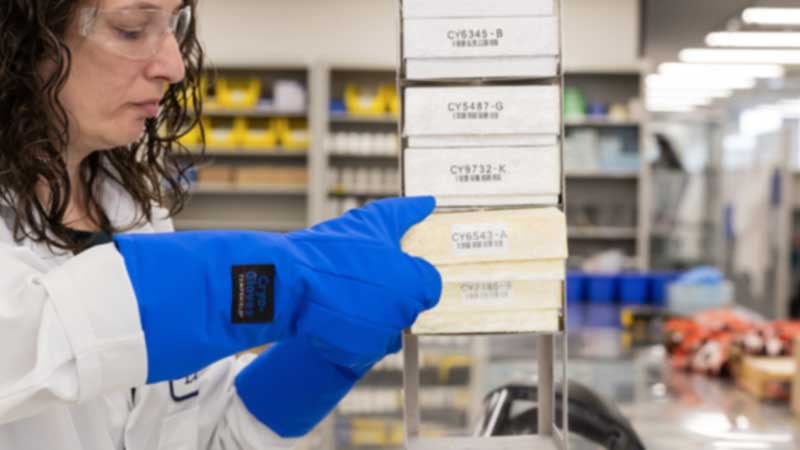
Implement a standardized labeling system:
- Establish a comprehensive labeling policy that outlines the specific requirements for all laboratory labels, such as the information to be included (e.g., sample name, date, analyst's initials), font size and style and label placement.
- Consider pre-printed labels to ensure consistency and accuracy.
- Color-code labels to help differentiate between sample types or hazards.
Train staff on proper labeling procedures:
- Provide comprehensive training to all lab personnel on the labeling policy and procedures.
- Emphasize the importance of accurate and consistent labeling to ensure sample traceability and prevent errors.
- Include hands-on practice sessions to reinforce proper labeling techniques.
Regularly audit and update labeling practices:
- Conduct regular audits of laboratory labeling practices to identify any deviations from the established policy.
- Address any non-compliance issues promptly and provide additional training if necessary.
- Stay up-to-date on industry standards and best practices for lab labeling and incorporate any necessary changes into the labeling policy.
Utilizing technology for efficient labeling:
- Implement a computerized labeling system to streamline the labeling process and minimize errors.
- Use barcode or RFID technology to track and manage samples throughout the laboratory.
Ensuring proper storage and handling of labels:
- Store labels in a controlled environment to prevent damage from moisture, heat, or chemicals.
- Use high-quality, durable labels that can withstand laboratory conditions.
- Regularly inspect labels for signs of wear or damage and replace them as needed.
